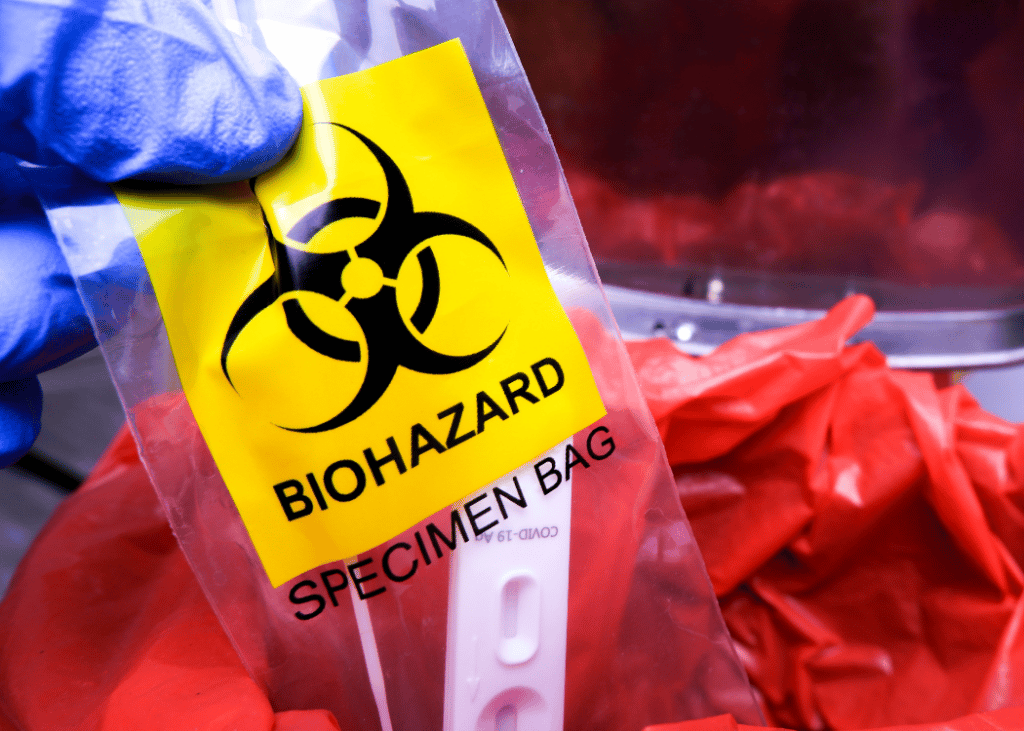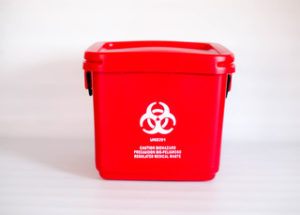Healthcare Health Heroes: The Unsung Duty of Medical Waste Removal Service
Healthcare Health Heroes: The Unsung Duty of Medical Waste Removal Service
Blog Article
Comprehending the Different Sorts Of Garbage Disposal Methods
In the realm of waste monitoring, the array of disposal strategies readily available today is huge and varied, each method serving a distinct objective in addressing the obstacle of garbage disposal. click here. From recycling techniques that aim to provide brand-new life to materials, to the detailed processes of contaminated materials management, the landscape of waste disposal is complicated yet critical for ecological sustainability. Comprehending the nuances of these different techniques not only clarifies the relevance of responsible waste monitoring however additionally motivates us to reconsider our method towards waste disposal in a quickly evolving globe

Recycling Techniques
Recycling approaches are critical for sustainable waste management methods in both commercial and residential setups. medical waste removal service. By executing reliable recycling approaches, a significant amount of waste can be diverted from garbage dumps, saving natural deposits and lowering the environmental effect of production procedures
In property locations, curbside recycling programs play a crucial duty in encouraging homes to different recyclable materials from general waste. Products such as paper, plastics, glass, and steels can be arranged and collected for processing right into new products, decreasing the need for basic materials and energy-intensive manufacturing procedures.
Industrial centers also depend on recycling methods to decrease waste generation and promote a round economic climate. By executing closed-loop systems, services can reuse products within their manufacturing procedures, reducing prices and environmental footprint. medical waste removal. Additionally, commercial recycling programs typically entail partnerships with specialized recycling centers to ensure that materials are appropriately arranged, processed, and reintegrated into the supply chain
Composting Strategies

Oxygenated static pile composting includes mixing natural waste materials in a large heap and on a regular basis turning it to make certain proper oygenation. This method is reliable for massive composting operations. On the various other hand, vermicomposting utilizes earthworms to break down natural issue into nutrient-rich castings. This strategy is appropriate for smaller-scale procedures and houses.
In-vessel composting includes putting organic waste in a closed container with regulated conditions for temperature and oygenation. This approach is efficient for handling food waste in city locations. Last but not least, windrow composting consists of developing long rows of natural waste and on a regular basis turning them to advertise decay. This strategy is frequently used in farming setups.
Land Fill Disposal
Landfill disposal is a generally used technique for taking care of waste that can not be recycled or composted. Methane gas, a result of decaying natural waste in landfills, is often collected and used as a resource of renewable energy. Initiatives to minimize reliance on garbage dumps include promoting waste reduction, recycling, and discovering different waste disposal approaches to lessen the ecological footprint associated with typical landfill disposal techniques.

Waste-to-Energy Incineration
Incineration of waste for energy generation is a technique significantly being thought about as an alternative to traditional garbage dump disposal strategies. Waste-to-energy incineration includes the combustion of waste materials at heats, typically in specialized centers created to produce power or warmth through the process - click here. This technique not only reduces the quantity of waste that would otherwise be predestined for garbage dumps however also utilizes the heat generated throughout incineration to create energy
One of the key benefits of waste-to-energy incineration is its capability to produce electrical power while reducing the environmental influence compared to standard landfill disposal methods. By converting waste right into power, this method helps in decreasing greenhouse gas exhausts and reliance on nonrenewable fuel sources for energy generation. Additionally, waste-to-energy facilities are geared up with sophisticated air pollution control technologies to alleviate possible toxic wastes released throughout the combustion procedure.
Contaminated Materials Management
.jpg)
Thinking about the essential significance of accountable waste administration techniques, specifically in the world of ecological sustainability, the emphasis now changes in the direction of the elaborate domain of Hazardous Waste Monitoring. Harmful waste poses substantial risks to both human health and wellness and the environment, necessitating specific handling and disposal techniques. Usual examples of contaminated materials consist of chemicals, batteries, pesticides, and digital waste.
Dangerous Waste Administration involves the recognition, collection, transportation, treatment, and disposal of products deemed damaging or possibly unsafe. This process needs adherence to strict regulations and standards to mitigate adverse influence on environments and public health. Various approaches are employed in handling contaminated materials, consisting of recycling, protected land fills, encapsulation, and chemical therapy.
Appropriate Dangerous Waste Management is important for protecting against contamination of soil, water sources, and air pollution. It is necessary for industries, labs, health care facilities, and other generators of hazardous waste to implement durable management strategies, training programs, and emergency action intends to make sure the risk-free handling and disposal of these products. Failing to manage dangerous waste properly can have far-ranging effects, emphasizing the significance of responsible and thorough practices in this area.
Conclusion
In final thought, waste disposal strategies play an important role in handling and reducing the effect of waste on the atmosphere. It is important for individuals and sectors to recognize the various waste disposal strategies offered and choose the most proper method for lasting waste monitoring.
In the realm of waste administration, the range of disposal strategies offered today is vast and varied, each method serving a distinct purpose in addressing the difficulty of waste disposal. click here. From recycling techniques that aim to provide brand-new life to products, to the complex processes of hazardous waste administration, the landscape of waste disposal is complicated yet important for environmental sustainability. Understanding the nuances of these different strategies not only sheds light on the importance of accountable waste monitoring however also motivates us to reassess our method in the direction of waste disposal in a rapidly developing world
Initiatives to lower dependence on garbage dumps consist of promoting waste decrease, reusing, and exploring different waste disposal techniques to minimize the ecological footprint connected with traditional garbage dump disposal techniques.
It is essential for industries and individuals to recognize the different waste disposal techniques available and pick the most proper approach my sources for sustainable waste administration.
Report this page